When playing volleyball, it’s important to think about the way the opposition is playing. This will give you a clue as to what areas of the court the opposition is going to target. If you know this, you’ll be able to defend yourself from their attacks.
Learning how to read the setter can seem to be a difficult task. But, if you know a few basic signs, you can get a fairly good indication of the type of set they are going to use. Keep reading to learn what type of things you should be looking for.

1. Know What Options are Available to the Setter
The first thing that you need to think about is the type of sets that can be performed. There are lots of options that a setter can explore. But they can be broken down into three different types, these include:
- Slow sets. These are the most common amongst beginner players. They will place the ball into a slow arc. This is good for inexperienced hitters, as it will stay in the air for a long time, so they have the best chance of hitting it.
- Second tempo sets. These have two key qualities. First, they tend to be fairly quick. Secondly, they are performed relatively close to the net.
- Fast tempo. Due to the speed that this attack occurs at, they are the most difficult for a blocker to deal with. However, this is also one of the most difficult types of attacks for a setter and hitter. They will both need to be in the right place and have the experience to pull off one of these attacks.
You can get a sense of which one of these approaches a setter is going to take by observing them during the match. More importantly, you are looking for how much experience and confidence they have.
2. Start Observing During the Pass
One of the biggest mistakes that people make is only starting to watch their position during the set. It’s best to start looking at them before this. It’s a good idea to look at what they are as they are getting passed the ball. This is when they will start to get their body into position. At this stage, think about what direction they are facing and what part of the court they are in.
3. Look at the Setter’s Body Position
This is one of the most important things that you should be watching. Though there is a lot of ways that they can try to hide their true intentions, there are a few signs that show what they are planning to do. One of the most important things is looking at the way they are facing. This is often the direction that they plan to set the ball in.

4. Observe Where They Place Their Head
The next thing you should be observing is where they are putting their head. More specifically, where their head is in relation to the ball. This can give you an indication of the direction they intend to set the ball in. Here are some of the things you should be looking for:
- Moving their head backward. This might be a sign that they are planning on setting the ball to the right.
- Placing their head under the ball. This can be a sign that they are planning on serving to the left.
It should be noted that this is often a bad habit, which allows astute blockers to read their intentions. Because of this, some experienced setters might have been trained not to do this.
5. Check the Opponent’s Hips
Another thing you should be thinking about is the way that your opponent is using their hips. This can give you a clue what side they are planning to set to. Look at the way they are twisting. This is the side that they are planning on setting too.
6. Think About Your Team’s Position
Sometimes, it can help to try and get inside the mind of the opposite setter. Look at your team and how you are spread across the court. Are there any obvious holes that the hitter can exploit? If you are seeing these problems, your opponents will be able to spot them. If you are a blocker, you will need to be prepared to get into place to block balls that are targeting this area of weakness.
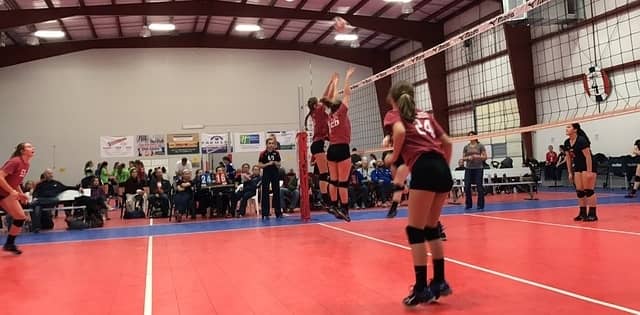
7. Know What Preferences the Setter Has
The next thing to consider is how the setter likes to play the game. In most cases, there are a few things to keep in mind when you are observing the way they play the game. Most setters will have preferences. Here are some of the things to think about:
- What part of the court do they set to most frequently?
- Do they have a favorite side?
- Do they prefer slow and high sets or ones that are low and fast?
- How confident do they appear?
- How much game experience do they have?
In most cases, you will need to try and answer these questions based on their performance during the match. You can also look at how they act during the warmup. At higher levels of competition, you might have recorded the matches. You can watch these games back with your coach, looking for insights into the setter’s behaviours.
8. Play the Setter Position in Practice Games
When you are observing the setter, it can be a theoretical exercise. Because of this, you might want to try playing the setter during a few practice games. This will help you learn the type of posture that setters will need to adopt. You’ll also be able to learn some of the tricks that they will employ to try and trick blockers.
Try to play a few practice games as the setter each month. You don’t need to become an expert in this role. But it’s a good way of getting some first-hand experience about the intricacies of playing this position and getting some insight into the setter’s mindset during the game.
9. Know When to Focus on the Setter
Focusing on the setter can be very important. It can give you some insight into what type of shot the hitter will be playing. However, it should just be used as an indicative tool, telling you the type of shot they will be preparing and where on the court it might land.
Once the ball has been set, your attention will need to go to the hitter. This is where you will get proof of the type of shot you will be facing. Sometimes, you will be able to predict the type of set, but the hitter will do something unexpected.

10. Be Prepared For Anything
These tips are a good way of getting some insight into what the setter is likely to do. But in the game of volleyball, nothing is guaranteed. If you are playing against a good setter, they will be able to trick you most of the time. Click here for Why is Timing so Important When Playing Volleyball?
Because of this, you need to be prepared to face the unexpected. If the setter doesn’t do as you expected, it’s time to adjust your plan accordingly. You might get enough time from the set to the hit to get into the right position.
Final Thoughts
Learning how to read the setter is an important skill that everyone should possess, not just the setter. The good news is that there are plenty of tools you can use to help you do this. Now all you need to do is practice this skill and be able to apply it successfully during a game.
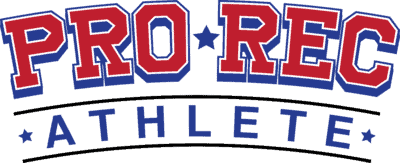
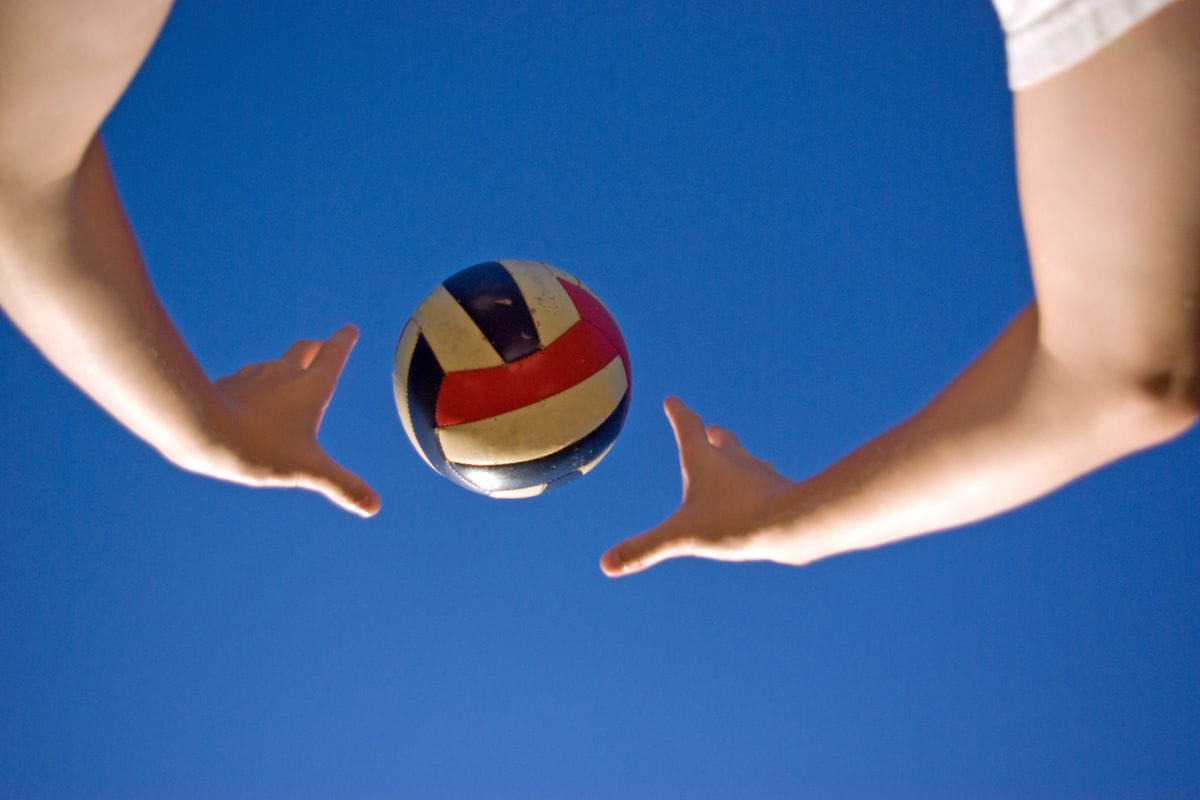
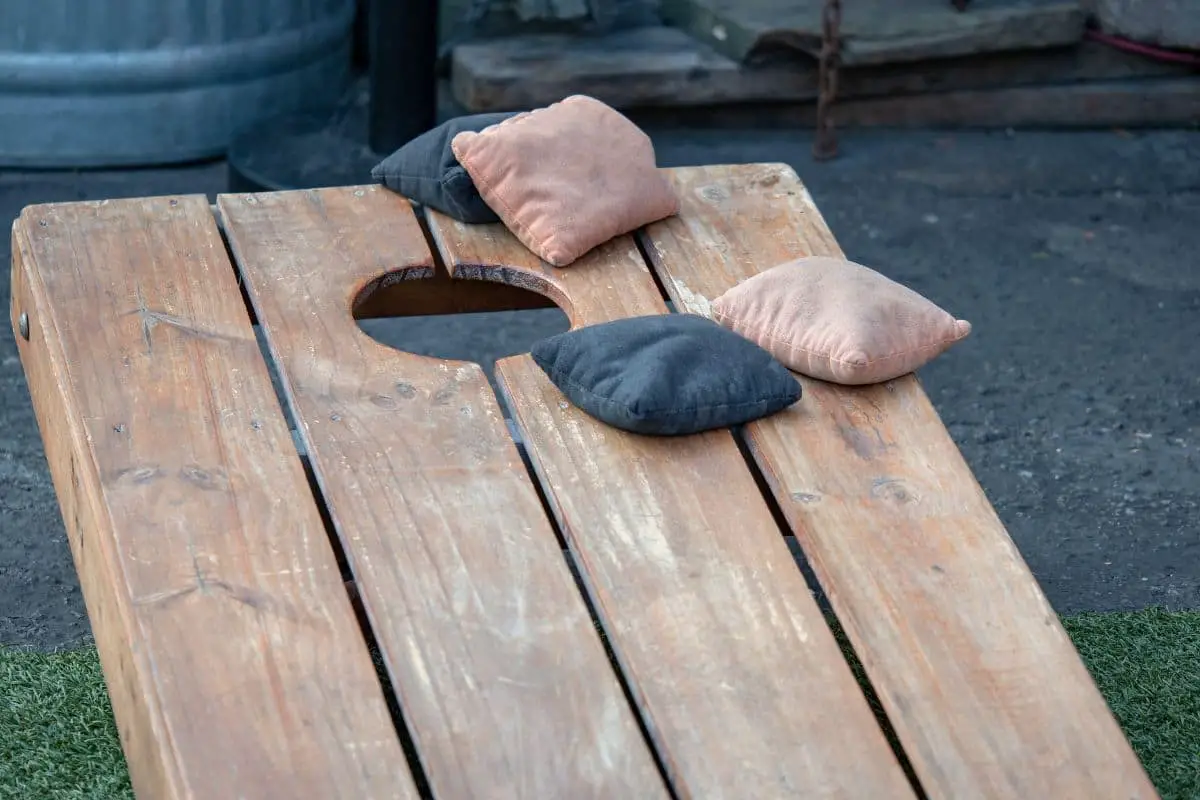
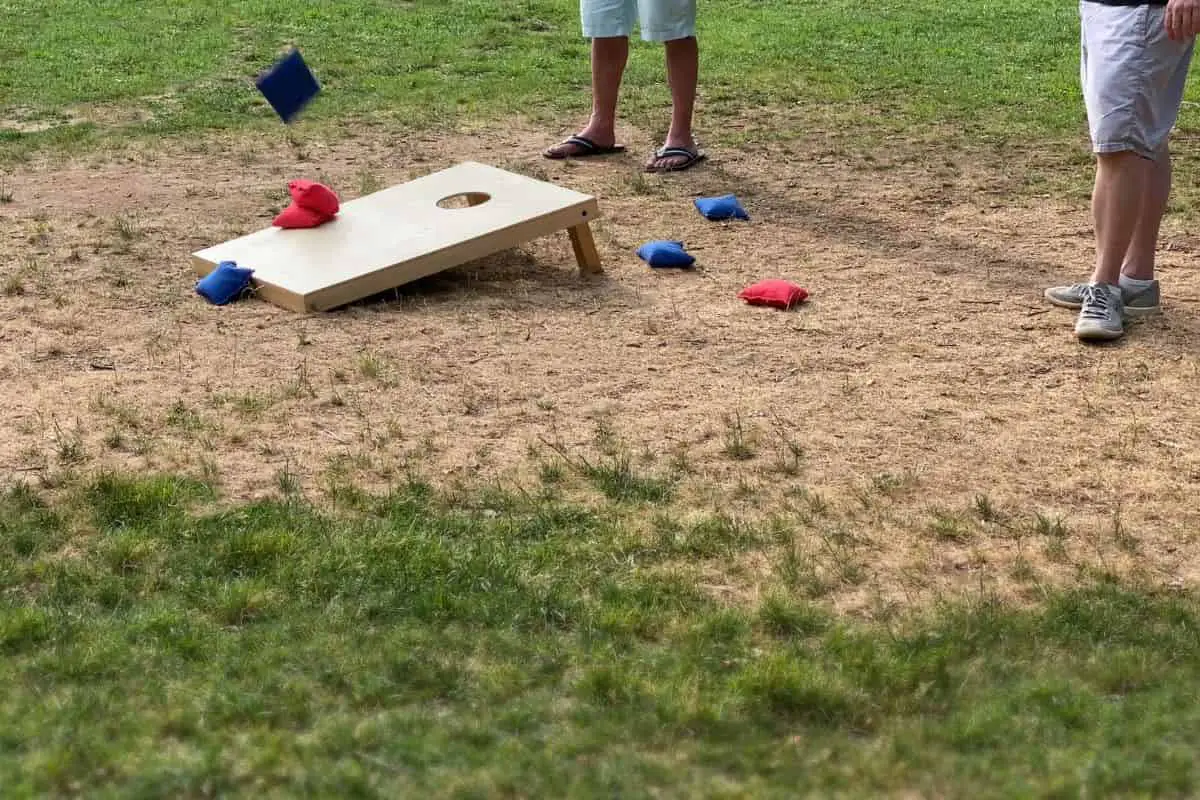
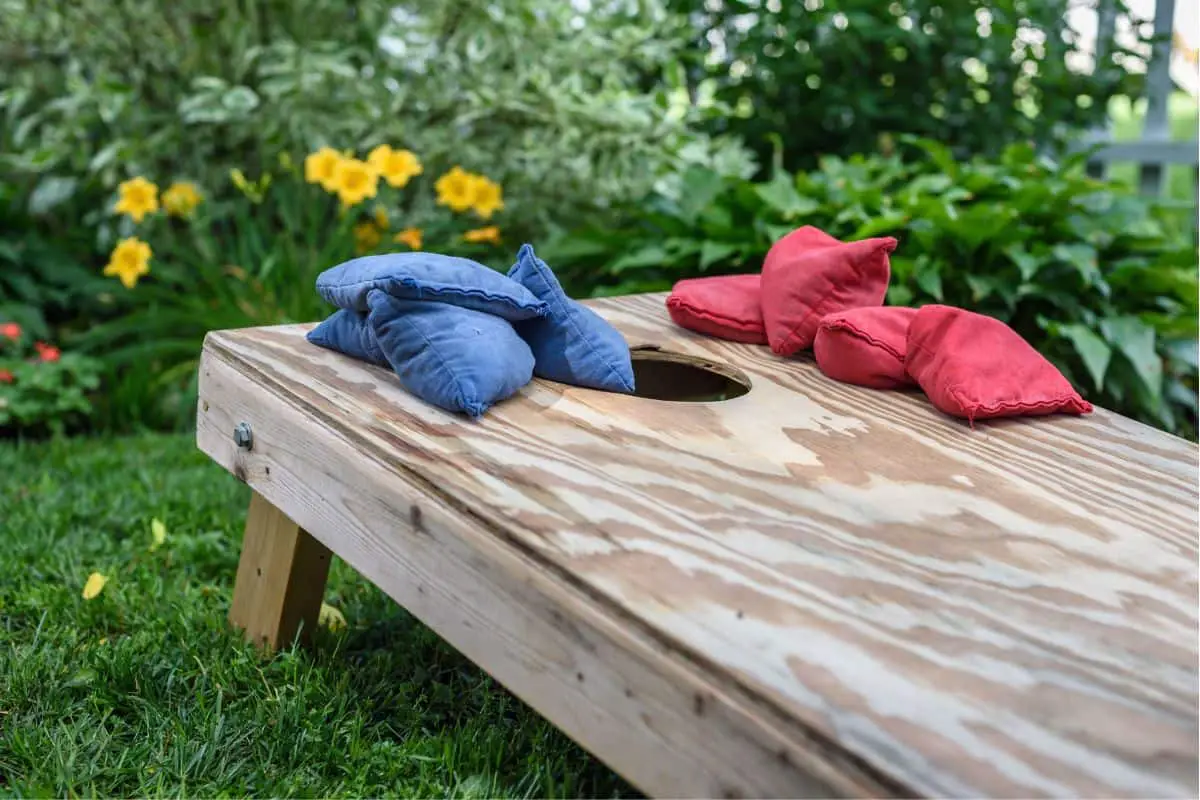
Leave a Reply
You must be logged in to post a comment.